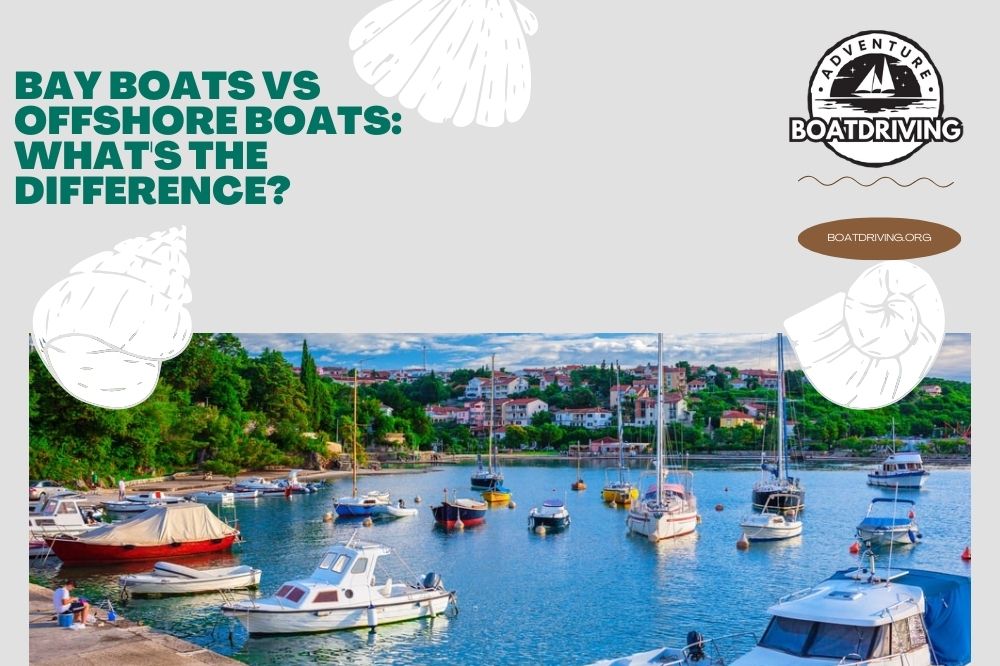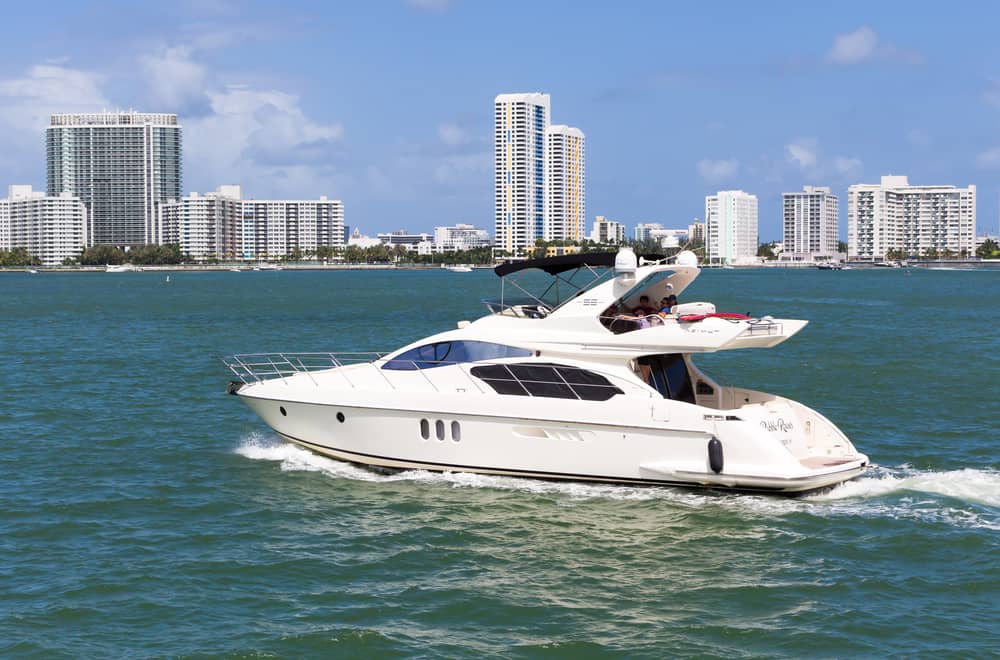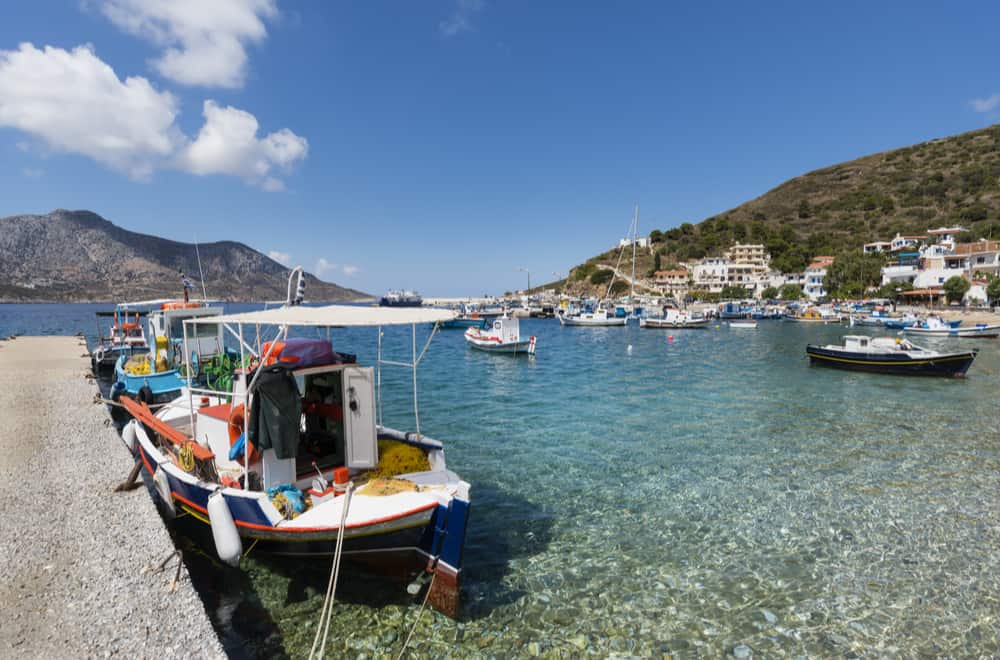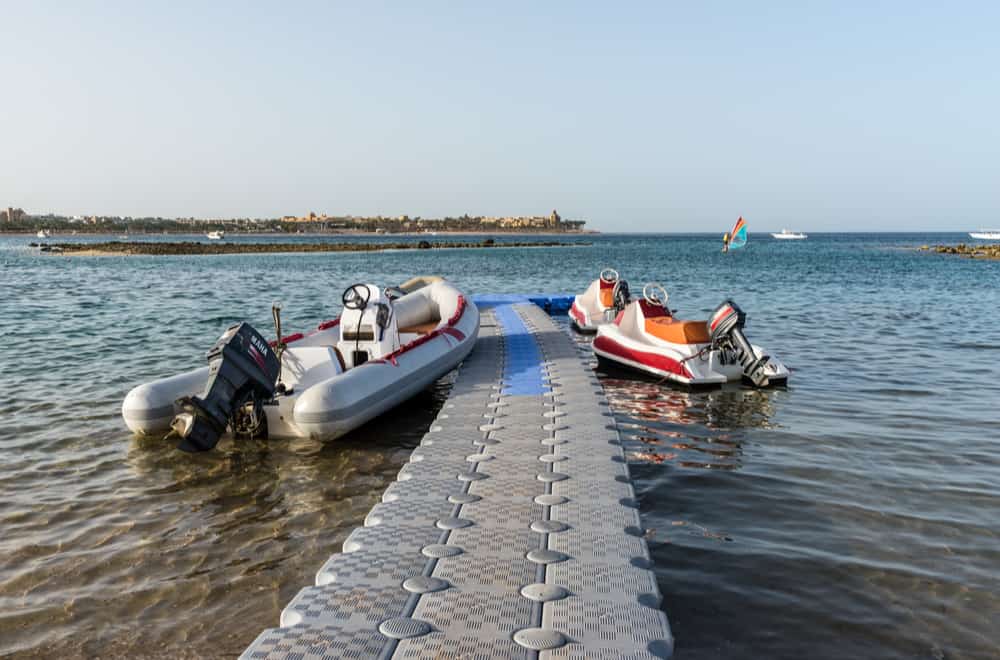It would not be easy to convince the owner of any semi-luxury sedan to take their vehicle off-roading. Likewise, you would not introduce a smaller boat to the wide-open ocean for many of the same reasons.
While boats are pretty versatile and rugged, they are certainly not one-size-fits-all. Instead, as a future boat owner, it would be helpful to consider the primary use of your boat before purchasing the most suitable boat and motor combination.
This article aims to discuss bay boats and offshore boats in further detail by outlining their similarities and differences and considering each boat class’s intended use and limitations.
Table of Contents
What Is A Bay Boat?
The name of this particular boat class suggests the recommended area that boat owners should pilot their boats. Typically, bay boats are smaller, versatile crafts that handle shallow waters well.
If you have a bay boat, please do not feel offended by my classifying them as a smaller craft. The boating community refers to a vessel between 20 and 30 feet in length as a bay boat; however, the most common range is between 22 and 26 feet.
Common Characteristics Of Bay Boats
When the ocean is calm, a bay boat can run into the offshore territory; however, you should remember that you are at the mercy of the seas and changing weather.
Besides limited fuel capacity, you should not attempt rough and choppy seas with lighter weight vessels making them prone to capsizing and porpoising.
Bay boats are great for coastal runs, sandbar hopping, fishing, watersports, and cruising. But, if you should ever catch yourself at the mercy of a storm, please read Captain Dave Lear’s Boating Tips for Rough Seas article.
Only you know what you are hoping for in your future boat, but here is a list outlining the key characteristics of a bay boat:
- Nearshore Use: If you own a bay boat, please note that you should limit your boating to a few miles from shore, in and around bays, rivers, and lakes.
- Maneuverability: Bay boats are between small boats and larger vessels designed to sail the open ocean. Their medium size lends to easier maneuverability, allowing this boat class to travel through tighter spaces.
- Versatility: These boats can sail in both shallow and deep water. In addition, bay boats are great for fishing, exploration, watersports, and leisure.
- Storage Capacity: Bay boats tend to have plenty of onboard storage for personal items, live wells (for anglers), and other gear.
- Center Console: Although not necessarily a defining characteristic, bay boats usually have a center console.
- Medium Length Range: The typical length of a bay boat measures between 20 and 30 feet.
What Is An Offshore Boat?
For those of you determined to venture further into the open ocean, an offshore boat is going to be the best choice. Not only are offshore vessels physically larger and heavier, they often have a furnished cabin for extended trips and are designed for safer traveling through rough seas.
Offshore ventures typically range from between thirty and one-hundred-and-thirty miles from shore. ScoutBoats specifically classifies a boat that measures “30 feet and up” in length as an offshore boat.
Common Characteristics Of Offshore Boats
When shopping for the best deal on your future offshore boat, remember to discuss your intended use with the manufacturer or authorized dealer. In addition, become intimately familiar with the capabilities and limitations of your vessel, motor, or another propulsion system.
The most common features inherent of offshore boats include:
- Extended Length: For safety and practicality, only head out on offshore ventures in boats at least 30 feet in length.
- Center Console: Offshore boats are usually gone at sea for extended periods, so the captain’s space must be comfortable, practical, and versatile enough to feature preferred goodies such as cup holders, comfortable seating, and an overhead canopy for UV protection.
- Cabin Space: Typically, a cabin and onboard head (toilet) are standard on larger offshore boats because those boats are ready for overnighters and camping trips.
- Safety and Stability: At sea, size matters. An experienced captain could indeed navigate a smaller vessel through a storm, but the sheer size alone of a boat offers more excellent stability in open ocean conditions. If the boat is naturally more stable, you and your passengers are safer.
- Storage Capacity: The larger hull design gives you additional deck space and storage opportunities that you may have lost out on in a smaller vessel.
- Additional Features: In addition to storage space, live wells, and deck space, your manufacturer will likely have a longer list of luxury features to choose from to personalize your boat to you and your family’s tastes.
- Distance: Offshore boats do just that- Go Offshore!
The specific distance from shore that you can travel depends on the boat’s fuel range, forecasted weather conditions, personal risk assessment, your boat’s seaworthiness, and overall experience as a captain.
While you can’t fudge the numbers on fuel capacity or miraculously change oncoming weather, the definition of seaworthiness and experience is not as clear.
Captaining a boat through rough seas requires calmness, experience, and common sense. But, you should be able to leave shore knowing that your boat can handle less than favorable conditions.
For instance, you should be aware of your boat’s freeboard, referring to the distance between the upper edge of your boat down to the waterline. For practical reasons, a higher freeboard offers more protection to passengers and safety from incoming waves.
Formula Boats released an informative article to help boat owners understand waves and boat handling tips under different circumstances. As a general rule of thumb, your boat is usually capable of being commandeering through waves as high as 1/3 the length of your vessel.
What’s The Hype About Hybrid Bay Boats?
Let’s consider the utility of the word hybrid for starters. The hybrid automobile allows the owner to use either an electric or conventional fuel-based propulsion system.
In the boating world, you have all types of options at your fingertips when it comes to propulsion; however, in terms of functionality, it more closely relates to the terrain and environment that it is capable of handling (more like a crossover).
With the ever-increasing popularity of boating as an American pastime and family-favorite leisure activity, enthusiasts are looking for a one-size-fits-all option that can cater to their high-adrenaline desires during the week and a slow relaxing cruise with the family on weekends.
Hybrid bay boats often measure between 24-28 feet in length and come jam-packed with features that will excite any avid angler or family. In addition, these boats are comfortable and include several vital characteristics critical to offshore runs.
Hybrid bay boat design also crosses between a shallow-draft and deep-draft vessel. DiscoverBoating defines draft as the “distance between the waterline and the deepest point of the boat.”
In other words, a boat’s draft determines your boat’s limitations based on water depth. Though this is of particular interest to inshore anglers, a deeper draft lends more stability for the avid offshoring type.
A hybrid boat is a perfect mix of functionality and luxury. With more storage and livewell space than traditional bay boats, flip-out backrests, galleys, and standing area at the boat’s helm and stern are more standard with hybrid models.
NauticStar Boats have four outstanding hybrid models that capture the best of relaxation, fun, and competition. However, if you are interested in other excellent hybrid bay boats, please consider Crevalle Boats, a lesser-known brand that has indeed made a name for itself in sunny Florida.
Must-Have Equipment List
Whether you have found a bay boat or offshore boat to suit your intended purpose more closely, please remember to have the following aboard:
- Visible Registration Number
- Life Jackets
- Flotation Devices (such as rings) for Emergency Situations
- Fire Extinguishers
- Visual and Audible Distress Signals (i.e., flare gun and bell)
- Heavy-Duty Flashlight
In addition to these items, I recommend you consult the Coast Guard’s List Of Required Items specific to your boat’s size and weight. As the official authority on navigable waters in the United States, their purpose is as insightful as enforceable.
Quick Buying Guide
If you are having trouble choosing between a bay boat or an offshore boat, I invite you to refer to the following list of questions to assist you in the decision-making process:
- What is the primary purpose of your boat? Think watersports, fishing, leisure, etc.
- Is it capable of both nearshore and offshore ventures?
- How easy will it be to maneuver through narrow spaces and shallower waters?
- What are the boat’s overall size and weight?
- Is the cost fluctuation worth the investment?
- Does the boat have enough storage, livewells, and room for personalization?
Conclusion
Before shopping for a boat, I encourage you to list the various activities you intend to explore. Bay boats and offshore boats have distinct advantages, and it is critical that you first consider a prospective boat’s capabilities and limitations.
If you have any further questions or concerns about properly distinguishing between a bay boat and an offshore boat, please do not hesitate to comment below.

Joseph Fabiano is a writer, nature enthusiast, and stay-at-home father of two wild and free boys. He enjoys starting his day with a good run, hot mug of coffee, and a jump in the Ionian Sea, no matter the weather. Currently based in the Apuglia region of southern Italy, he enjoys discovering the world with his best traveling buddies (his little monkey’s and beautiful wife) at every given opportunity. Every trip, long or far, should be made an adventure according to Joseph as he believes inspiration and creation is right in front of you.



